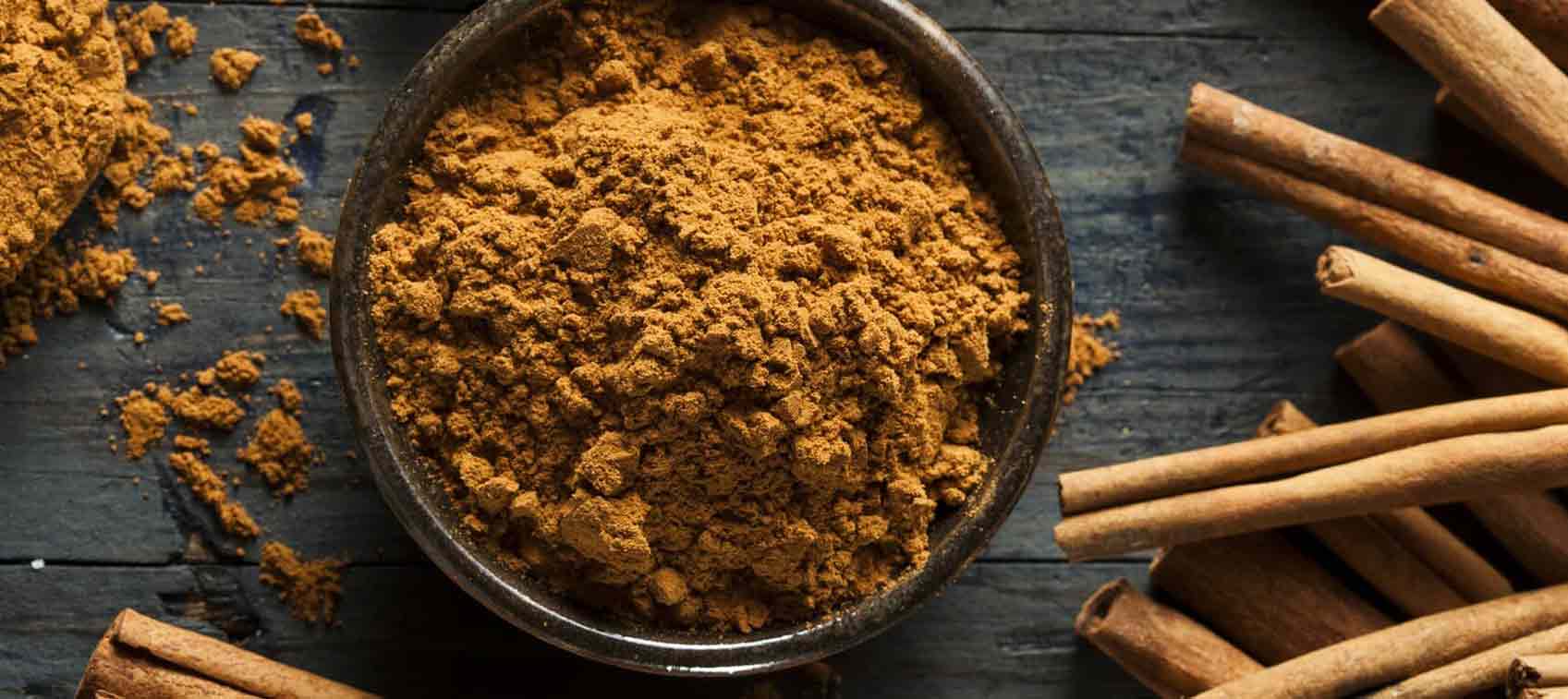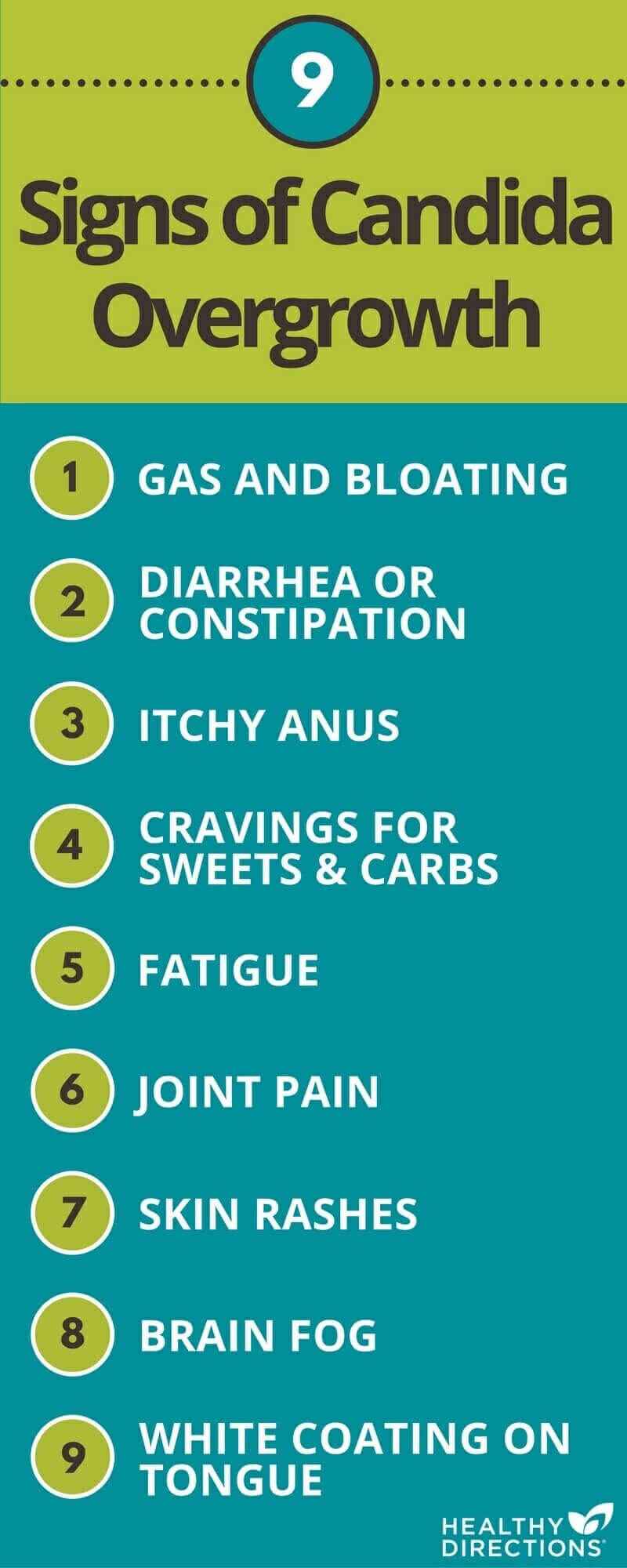
If you’ve ever searched for “candida infection” on the web, you’re well aware that there’s hundreds—even thousands—of articles and blogs written about this subject.
There is so much information about how to treat candida that it can be tough to separate the facts from the hype. So, I’m here to give you my clinical experience in diagnosing and treating candida, and what I’ve learned about it over the years.
What Is Candida?
Simply put, candida is a yeast that is normally found on your skin, in your mouth, gastrointestinal tract, and for women the vagina.
It’s important to know that a healthy population of candida is beneficial for your body. When candida grows out of control, however, it becomes known as dysbiosis, or more precisely candidiasis.
A candida infection can occur in isolated parts of the body, or throughout your body. For the purpose of this article, I will be discussing “gastrointestinal candidiasis”—meaning overgrowth of candida in the gastrointestinal tract.
9 Signs of Candida Overgrowth
Common symptoms of candida overgrowth are very similar to IBS symptoms. That’s because candida can damage the lining of the intestines and resemble IBS.
Symptoms of candida overgrowth can include:
- Gas and bloating
- Diarrhea or constipation
- Itchy anus
- Cravings for sweets and carbohydrates
- Fatigue
- Joint pain
- Skin rashes
- Brain fog
- White coating on your tongue
What Causes Candida Overgrowth?
There are many causes of candida overgrowth, including:
- Prolonged stress
- Immune system dysfunction
- Diabetes
- Frequent or prolonged antibiotic use
- A history of corticosteroid use
- A history of birth control pill use
- Eating sugar and carbohydrates
How to Test for a Candida Infection
Unfortunately, there is no simple and straightforward test for candida overgrowth, and the diagnosis is based mainly on signs and symptoms.
In my practice the gold standard for determining if someone has developed gastrointestinal candida overgrowth is to complete a comprehensive stool analysis (e.g. Genova, Doctors Data) to see if yeast can be isolated.
The only downfalls to this test are out of pocket cost, and the fact that you have to collect samples of your stool. If the stool test is not an option, or to provide more evidence for a diagnosis, I’ll generally order Candida IgM/IgG/IgA antibodies from LabCorp.
4 Steps to Treat a Candida Infection
Once I’ve determined that the patient is suffering from intestinal candidiasis, I’ll go over the treatment plan.
Step 1: Go On a Candida Diet. I generally recommend a no sugar, no fruit, no grains, no alcohol, and low carbohydrate diet for 2-3 weeks. After 2 weeks, you can slowly reintroduce these food groups back into the diet.
Step 2: Use Natural Medicines to Treat the Candida Infection. The following natural medicines are wonderful for treating candidiasis. I usually rotate a combination of them for 4-8 weeks, or longer, depending on the severity of overgrowth:
- Oregano oil (50 mg 2-3 times daily),
- Freeze dried garlic (500-1000 mg 2-3 times daily)
- Cinnamon (200-300 mg 1-2 times daily)
- Olive leaf (500 mg 2-3 times daily)
- Caprylic acid (500 mg 2-3 times daily)
- Berberine containing herbs: goldenseal, Oregon grape root, or coptis (dosages vary by preparation)
Step 3: Repair Your Gut. Once the candida infection is under control and the diet is cleaned up, it’s time to repair the gut. I recommend using demulcents herbs like:
- Licorice root (DGL 400 mg 1-2 times daily)
- Slippery elm root (200-500 mg 1-2 times daily)
- Aloe (300-500 mg 1-2 times daily)
- Marshmallow root (100-200 mg 1-2 times daily)
I also recommend nutrients like glutamine (1000-5000 mg daily), zinc carnosine (75 mg daily), and quercitin (100-200 mg 1-2 times daily).
Step 4: Take Probiotics. Once the environment of the gastrointestinal tract is in working order, probiotics can be added in to repopulate the large intestine and prevent a candida infection from recurring. I recommend rotating between different species of probiotics, including: lactobacillus, bifidobacterium, and saccharomyces boulardii.
Tips for Winning the Candida Battle
It’s important to be persistent with your treatment, and don’t give up. Here are some tips that can help.
- Fight Sugar with Fats: If you have a craving for sweets try eating some healthy fats instead like a tsp of coconut oil, or half an avocado. Eating sugars puts gasoline on the fire so to speak, and feeds the candida giving them even more strength to make you feel even more miserable.
- Stay Strong: The first few days to a week can be challenging as the candida die is occurring. So keep in the back of your mind that this phase is transient and will end soon.
- Rotate Natural Medications Frequently: This is important so the yeast don’t build resistance.
- Keep Your Eye on the Prize: After you’ve overcome a candida infection, you will feel much better, and your body will thank you for it!



